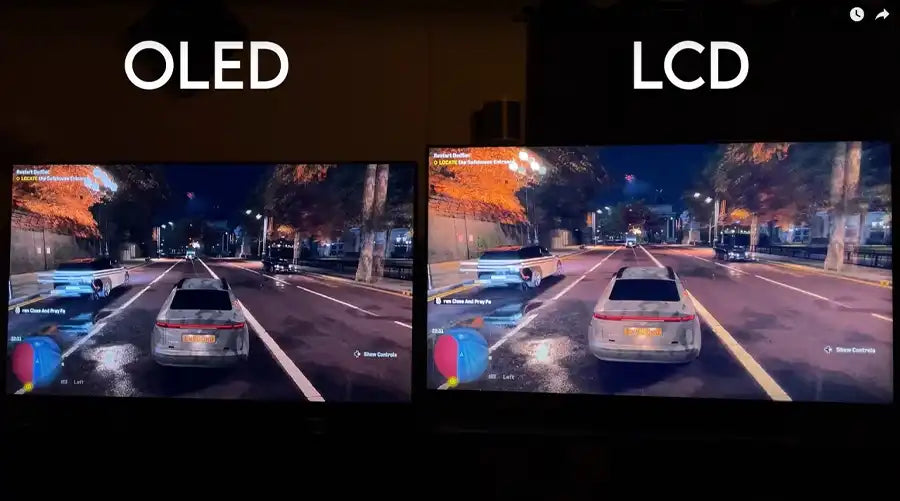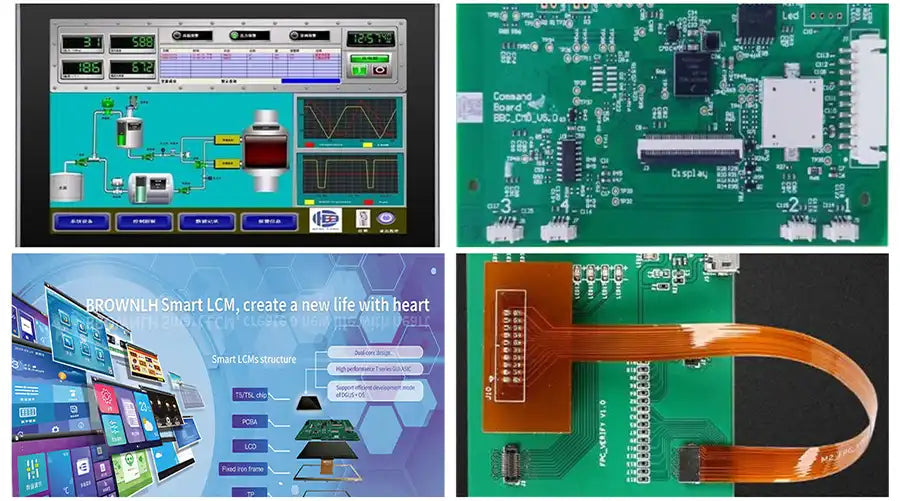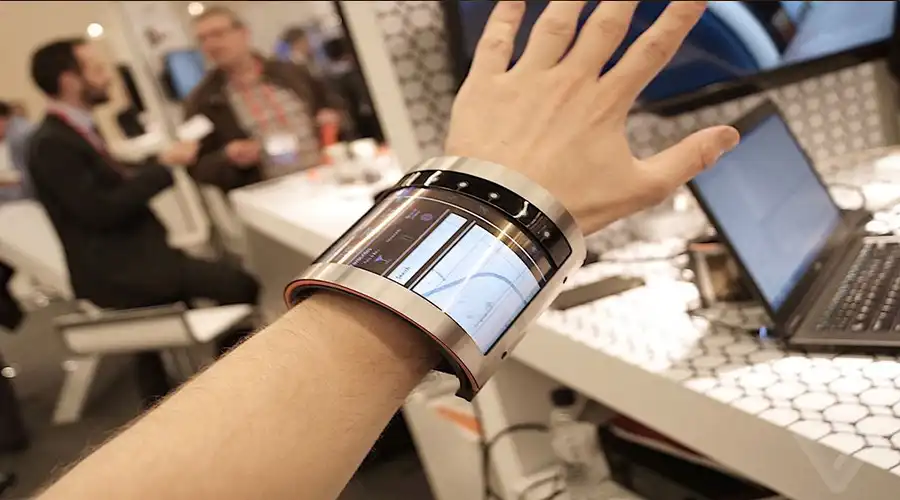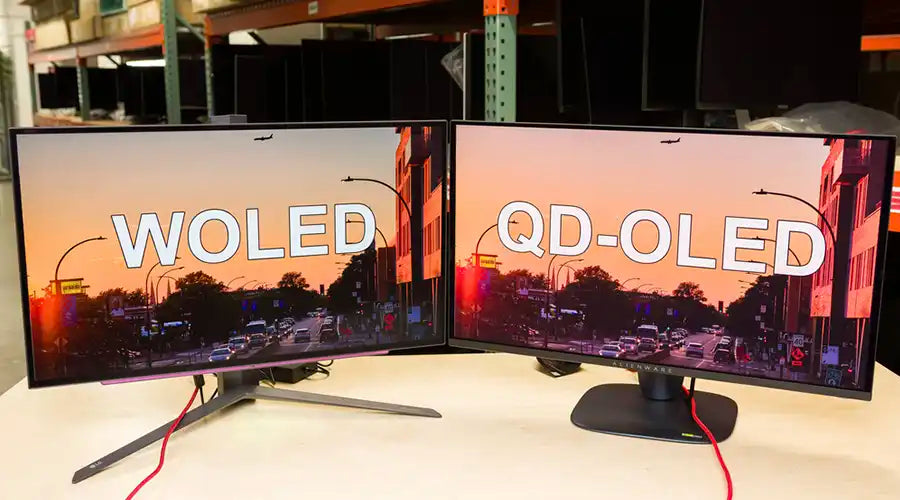Introduction
Display technology has evolved rapidly, and OLED (Organic Light-Emitting Diode) and LCD (Liquid Crystal Display) are the two most widely adopted solutions. While both are effective, they differ significantly in their construction, performance, cost, and long-term viability. This guide provides a professional and technical comparison that highlights their strengths, weaknesses, and best-use scenarios.
Working Principles of OLED and LCD
How OLED Works
OLED displays generate light from organic materials when an electrical current is applied. Each pixel is self-emissive, allowing precise control of brightness at the sub-pixel level. This architecture enables true blacks, thinner profiles, and superior design flexibility compared to LCD.
How LCD Works
LCD technology uses liquid crystals to control the passage of light from a backlight unit. Unlike OLED, LCD cannot achieve absolute black since the backlight is always on. However, LCD’s layered structure and mature manufacturing process make it cost-effective and reliable for large-scale production.

Advantages and Disadvantages
OLED Advantages
- Perfect black levels and virtually infinite contrast
- Superior color accuracy and wide viewing angles
- Lightweight, ultra-thin, and bendable form factor
- Extremely fast pixel response time
OLED Disadvantages
- Higher production costs, especially for large panels
- Susceptible to image retention and burn-in
- Shorter operational lifespan compared to LCD
LCD Advantages
- Lower cost, ideal for budget and mid-range devices
- Longer lifespan and reduced risk of burn-in
- Consistent brightness and energy efficiency on static images
LCD Disadvantages
- Limited contrast ratio due to reliance on backlighting
- Thicker panel design compared to OLED
- Narrower optimal viewing angles
Comparison Table
| Feature | OLED | LCD |
|---|---|---|
| Contrast Ratio | Infinite (self-emissive pixels) | 1000:1 to 3000:1 typical |
| Thickness | Ultra-thin, flexible design possible | Thicker due to backlight layers |
| Power Efficiency | Better with dark themes or video content | Better with bright, static content |
| Lifespan | Shorter, subject to burn-in | Longer, stable operation |
| Manufacturing Cost | High, especially for large panels | Low, mature production lines |
| Best Applications | Premium smartphones, TVs, AR/VR | Laptops, monitors, industrial displays |
Applications in Consumer and Industrial Electronics
OLED is favored in high-end smartphones, wearables, and premium TVs because of its image quality and design flexibility. LCD continues to dominate budget smartphones, laptops, desktop monitors, and industrial electronics due to lower cost and proven reliability. Industrial sectors also rely on LCD where burn-in resistance and durability are critical.
Performance Metrics Comparison
Contrast Ratio and Color Accuracy
OLED delivers absolute blacks and richer colors. However, advanced LCD technologies such as Mini-LED with full-array local dimming have narrowed the gap, achieving high brightness and competitive contrast.
Power Efficiency
OLED efficiency varies depending on image content. It excels in dark UI themes and video playback but consumes more power with white or bright screens. LCD maintains consistent efficiency across applications with bright static content.
Response Time and Refresh Rate
OLED pixels switch almost instantly, providing ultra-low latency and minimal motion blur. This makes them superior for gaming, VR, and professional content creation. LCD has improved with IPS and advanced refresh technologies but generally cannot match OLED response times.
Durability and Lifespan
OLED degradation is tied to organic material breakdown, particularly in blue sub-pixels. LCD panels last longer with minimal degradation. Recent OLED advancements such as Tandem OLED structures and QD-OLED technology aim to extend lifespan and reduce burn-in risks.
Future Trends in OLED and LCD
The future will see both technologies coexist. OLED will continue to dominate premium applications, while LCD retains strength in cost-driven and industrial markets. Innovations like MicroLED may eventually disrupt both, combining OLED-like performance with LCD-level durability. In the near term, OLED advancements (QD-OLED, Tandem OLED) and LCD innovations (Mini-LED, dual-cell LCDs) will shape the market landscape.

FAQ
Which is better for smartphones, OLED or LCD?
OLED is better for premium smartphones due to its superior contrast and thin form factor, while LCD remains popular in budget devices.
Is OLED more power-efficient than LCD?
Yes, but only under specific conditions. OLED consumes less power with darker themes, whereas LCD is more efficient for consistently bright applications.
Which lasts longer: OLED or LCD?
LCD panels usually last longer with stable performance. OLED is improving, but issues like burn-in and color shift remain challenges.
Is OLED better for gaming compared to LCD?
Yes. OLED’s near-instant response time and high refresh capability make it excellent for gaming and VR. High-refresh LCDs are good alternatives but still slower in response.
Which is more cost-effective for manufacturers?
LCD is more cost-effective due to established large-scale production. OLED is more expensive, especially in larger formats like TVs.
Will OLED completely replace LCD in the future?
No. OLED will dominate premium markets, but LCD will remain in budget, industrial, and large-format displays due to cost advantages and durability.





Leave a comment
Este site está protegido pela Política de privacidade da hCaptcha e da hCaptcha e aplicam-se os Termos de serviço das mesmas.